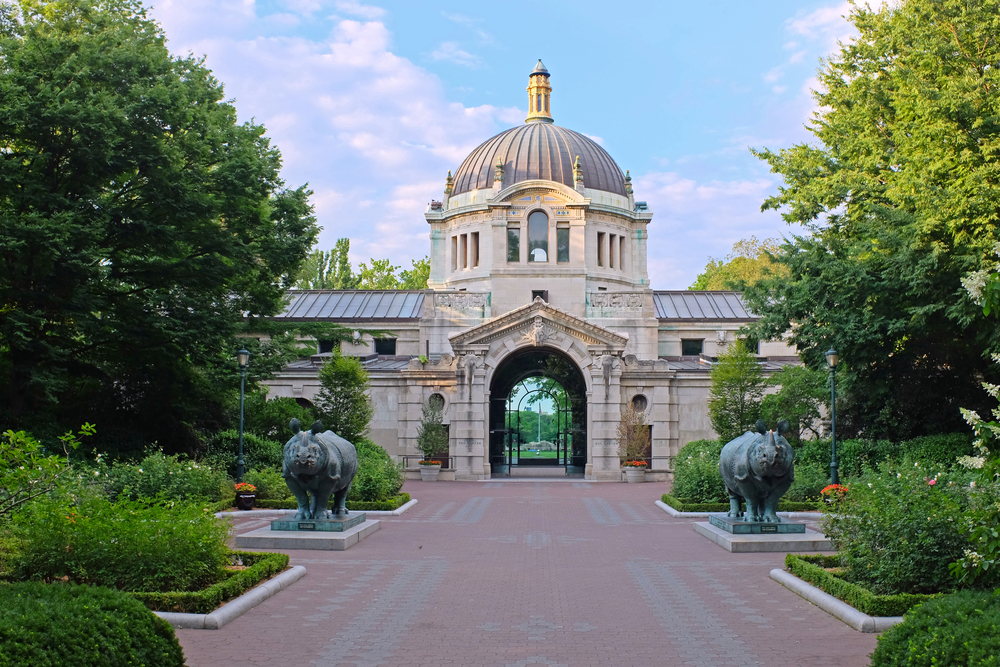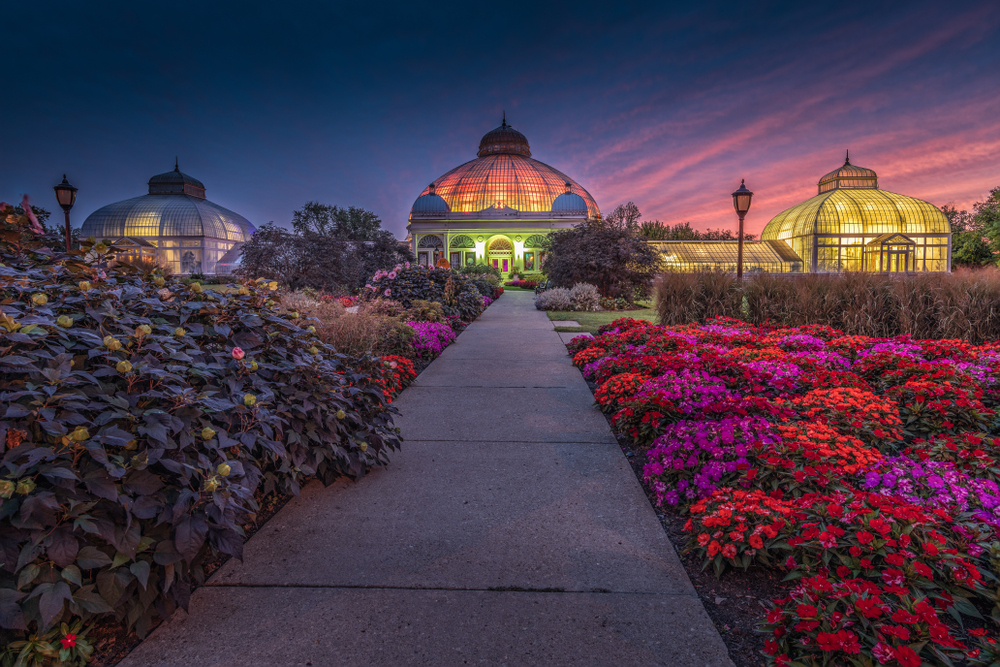Overview
The Bronx Zoo is one of the largest metropolitan zoos in the world, located in the Bronx borough of New York City. It spans 265 acres and is home to over 6,000 animals representing about 650 species from around the world. The zoo is managed by the Wildlife Conservation Society (WCS) and is dedicated to preserving and saving wildlife and wild places.
Location
The Bronx Zoo is located at 2300 Southern Boulevard, Bronx, New York, 10460.
Website
For more information about the Bronx Zoo, including tickets, hours, and visitor resources, visit the official website: Bronx Zoo
Operating Hours
The Bronx Zoo’s operating hours vary with the season. Typically, the zoo is open from 10:00 AM to 5:00 PM on weekdays and until 5:30 PM on weekends and holidays. It’s advisable to check the official website for the most accurate and up-to-date information.
Attractions
1. Congo Gorilla Forest: This is a 6.5-acre rainforest environment housing lowland gorillas, okapis, mandrills, and other central African species.
2. Tiger Mountain: This naturalistic habitat is home to Amur tigers and offers a unique opportunity to come face-to-face with these majestic creatures.
3. Madagascar!: This exhibit features animals from the unique island of Madagascar, including lemurs, crocodiles, and boas.
4. World of Birds: This exhibit houses a diverse collection of birds from around the world, with a particular focus on threatened and endangered species.
5. African Plains: Here, visitors can view lions, zebras, giraffes, and other species typical of the African savanna.
6. JungleWorld: An indoor tropical rainforest habitat, it houses Asian jungle species like gibbons, leopards, and birds.
Tips for Visiting
Plan your visit in advance since the Bronx Zoo is large and there’s a lot to see. A map of the zoo is available on the official website, which can help plan your route. Consider wearing comfortable shoes as there will be a lot of walking. Also, bring your own water and snacks, though there are also several food options available inside the zoo. If you plan to visit multiple exhibits, consider purchasing a Total Experience Ticket, which includes admission to all the major exhibits.
History of the Bronx Zoo
The Bronx Zoo was established in 1899 by the New York Zoological Society, now known as the Wildlife Conservation Society (WCS). When it first opened, the zoo had 843 animals in 22 exhibits. Over the years, the zoo has grown in size and stature, becoming a leader in wildlife conservation and a major educational institution.
Education and Conservation Programs
The Bronx Zoo is deeply involved in wildlife conservation programs worldwide. It’s home to many endangered and threatened species and participates in breeding programs to help ensure their survival. The zoo also has educational programs for children and adults as part of its mission to promote wildlife conservation.
Notable Exhibits
1. Himalayan Highlands: This exhibit replicates the cool, dry environment of the Himalayan Mountains and houses snow leopards, red pandas, and white-naped cranes.
2. Butterfly Garden: A seasonal exhibit where visitors can walk among native North American butterflies in a lush garden setting.
3. Children’s Zoo: A fun and interactive space where children can meet and learn about various animals, including prairie dogs, lemurs, and goats.
4. Zoo Center: This historic building houses various rotating exhibits and is often the location for animal demonstrations.
Events and Experiences
The Bronx Zoo offers a variety of events and experiences throughout the year. These include summer camps, family overnights, birthday parties, and seasonal events like Boo at the Zoo for Halloween and Holiday Lights in the winter.
Accessibility
The Bronx Zoo is accessible to everyone. Wheelchairs are available for rent, and the majority of exhibits and amenities are accessible to wheelchairs and strollers. Service animals are also permitted in the zoo.
Visiting Tips
When visiting the Bronx Zoo, remember that some animals may be more active during certain times of the day. If there’s a specific animal you want to see, it might be worth checking when they’re most likely to be active. For instance, many animals are more active in the cooler morning and late afternoon hours. Lastly, remember to respect the animals’ space and to not feed the animals, as human food can be harmful to them.









